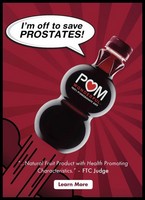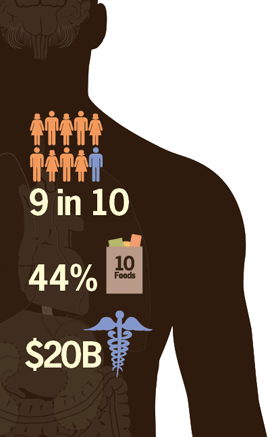GM Myths and Truths: A critical review of the science
I’ve just been sent GMO Myths and Truths, a review of research on claims made for the safety and efficacy of genetically modified (GM) foods. The authors are Michael Antoniou, Claire Robinson, and John Fagan, scholars with critical positions on GM foods.
I’ve been writing about GM foods since the mid-1990s, and am impressed by the immutability of positions on the topic. As I discuss in my book Safe Food: The Politics of Food Safety, the pro-GM and anti-GM advocates view the topic in quite different ways that I call for lack of better terms “science-based” versus “value-based.”
In GMO Myths and Truths, the authors attempt to cross this divide by taking a science-based, heavily referenced approach to dealing with claims for the benefits of GM foods.
On the basis of this research, they argue that a large body of scientific and other authoritative evidence demonstrates that most claims for benefits of GM foods are not true. On the contrary, they say, the evidence presented in their report indicates that GM crops:
- Are laboratory-made, using technology that is totally different from natural breeding methods, and pose different risks from non-GM crops
- Can be toxic, allergenic or less nutritious than their natural counterparts
- Are not adequately regulated to ensure safety
- Do not increase yield potential
- Do not reduce pesticide use but increase it
- Create serious problems for farmers, including herbicide-tolerant “superweeds”, compromised soil quality, and increased disease susceptibility in crops
- Have mixed economic effects
- Harm soil quality, disrupt ecosystems, and reduce biodiversity
- Do not offer effective solutions to climate change
- Are as energy-hungry as any other chemically-farmed crops
- Cannot solve the problem of world hunger but distract from its real causes – poverty, lack of access to food and, increasingly, lack of access to land to grow it on.
Whether or not you agree with these conclusions, the authors have put a great deal of time and effort into reviewing the evidence for the claims. This is the best-researched and most comprehensive review I’ve seen of the criticisms of GM foods.
Can the pro-GM advocates produce something equally well researched, comprehensive, and compelling? I doubt it but I’d like to see them try.
In the meantime, this report provides plenty of justification for the need to label GM foods. Consumers have the right to choose. To do that, we need to know.
Please let’s just label it.




